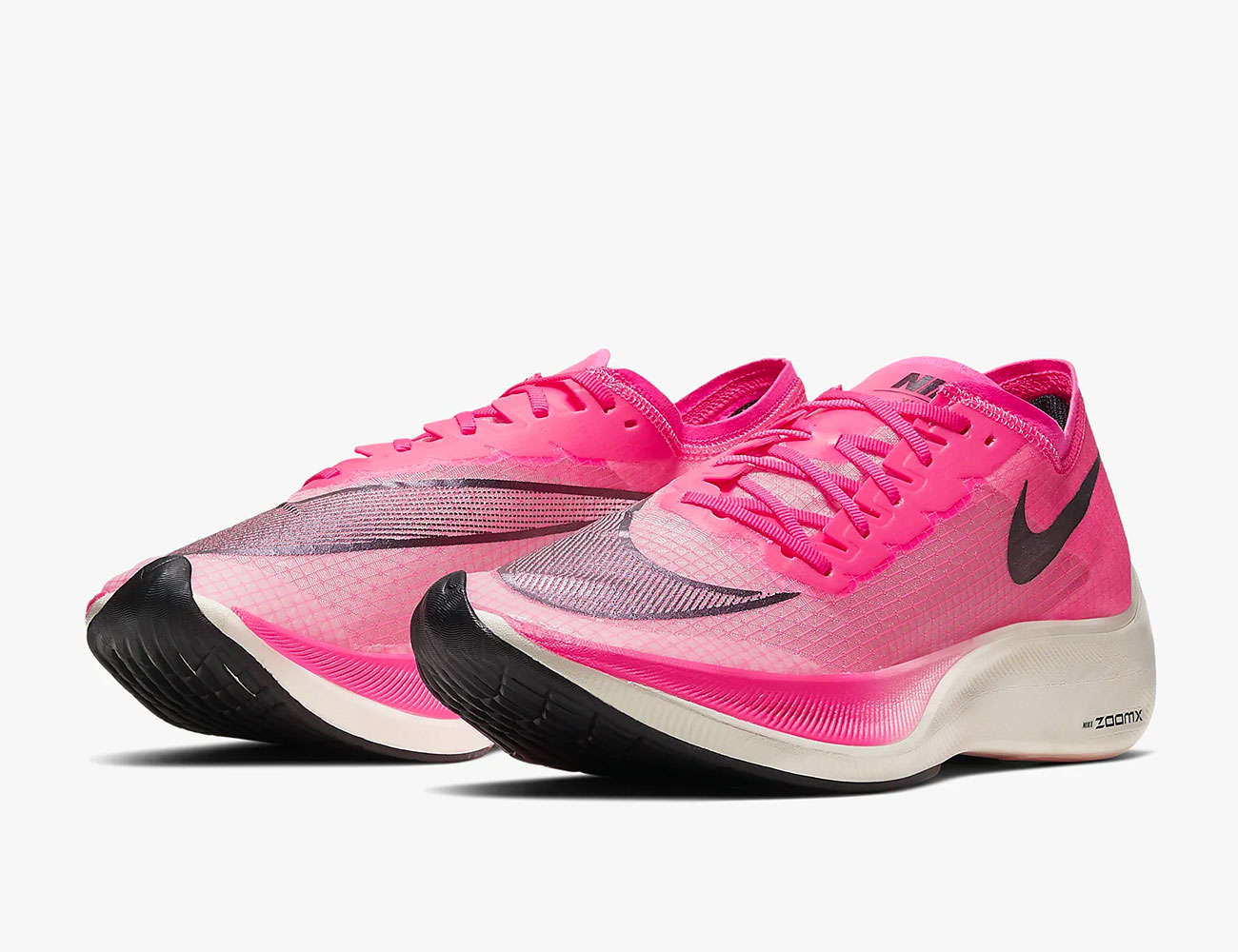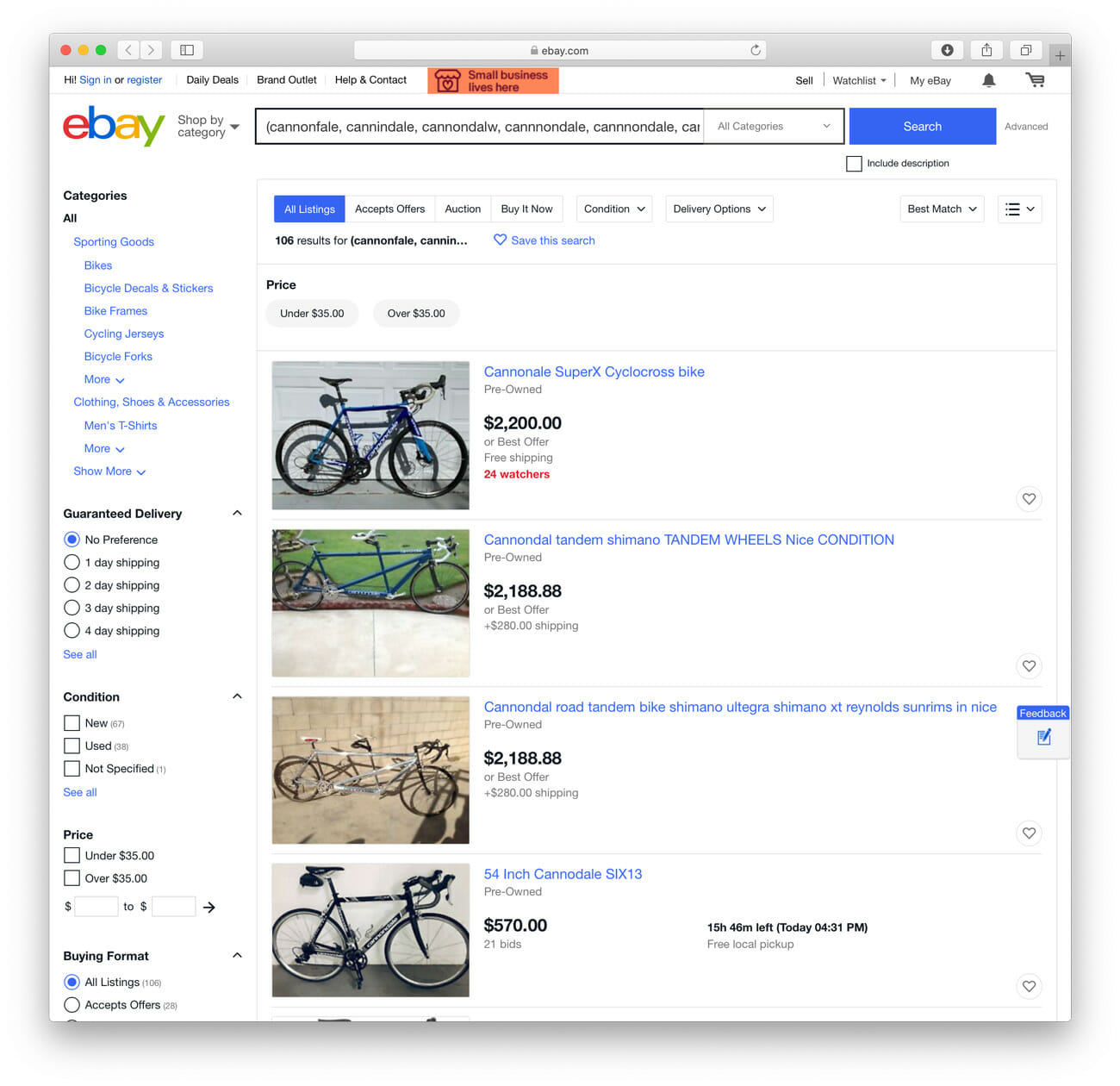What do a car, boat and plane have in common? If you’re thinking an engine, you’re right. However, despite having a common denominator, you wouldn’t use a car to fly or a boat on the roads; their use cases are very specifically built. Carbon fiber plated running shoes are similar. While not as obvious as the preceding example, each carbon fiber shoe is designed for a certain type of runner.
Believe it or not, the first carbon fiber running shoe debuted over 15 years ago when Adidas experimented with improving their popular racing shoe, the AdiStar. In an effort to boost performance, researchers introduced a thin carbon fiber plate to the midsole of the shoe. While the precise mechanics weren’t totally understood at the time, it’s now thought that carbon fiber plates help reduce energy lost as the big toe bends during toe-off.
The most notable and publicized carbon fiber shoe is the Nike Vaporfly 4%, and righfully so. Between its independently researched confirmed performance benefits and crazy fast marathon times, that shoe above all others makes ya wonder, “Could I benefit from a pair?”
In total, six carbon fiber running shoes are out now, with more on the way: the Nike ZoomX Vaporfly NEXT%, Nike Zoom Fly 3, Nike Vaporfly 4% Flyknit, Hoka One One Carbon X, Hoka One One Carbon Rocket and New Balance FuelCell 5280.
As I mentioned above, each of these shoes is quite different in build and purpose. Before dropping as much as $250 on a pair of running shoes, you need to consider factors such as your running pace, running mechanics and race distance. If you don’t, the result could be as useless as buying a car for a day on the lake.
Nike ZoomX Vaporfly NEXT%
Best Race Day Shoe for Competitive Runners
If you’re a well-trained runner gunning for a personal record in any distance, 5k to marathon, the Nike ZoomX Vaporfly NEXT% is hands-down a shoe you must consider. As a full-time running coach, I have yet to see anything legal that can have a greater immediate impact on race day. One caveat, though: it’s not for everyone. All the studies confirming its efficiency gains have been done on elite/competitive runners who tend to be extremely well-trained and have dialed-in running mechanics. The geometry of the shoe is geared for a midfoot to forefoot runner. A very soft and narrow heel base offers little in the way of stability for a rear-footed runner (a.k.a. heel striker). I doubt the recreational runner would see the same benefits as the runners in the studies. So I generally say if you’re in the realm of Boston Marathon qualifier or beyond, this shoe is worth the high price tag. Best to save these for raceday only; they last a fraction of the miles of your typical running shoe.
Weight: 6.6oz
Drop: 8mm
Hoka One One Carbon X
Best Race Day Shoe for Everyday Runners
As race pace slows and the Nike ZoomX Vaporfly NEXT% starts to lose its magic, the Hoka One One Carbon X begins to shine. The wide platform underfoot creates a stable, forgiving landing zone for those with less than perfect running mechanics. While the Carbon X doesn’t carry the same research-backed gains as the Vaporfly, it will offer race-day performance benefits over your everyday training shoe. For starters, odds are it’s considerably lighter than that sneaker, meaning less weight you must lug through every footstep.
Weight: 8.8oz
Drop: 5mm
New Balance FuelCell 5280
Best Shoe For Mile Road Races
As I was a miler in college, this shoe has a special place in my heart. New Balance designed the FuelCell 5280 with help from one of the best female milers in the world, Jenny Simpson. Named 5280 for the number of feet in a mile, its profile resembles a sprinter’s track spike: very minimal cushioning with a stiff rocker under the forefoot. The aggressive geometry all but forces a forefoot strike, making it ideal for short maximum efforts such as the mile and below – less so for anything longer. Coming in at 5.3oz, it’s considerably lighter than the 6.6oz Nike Vaporfly 4%, giving it the edge as race distances get shorter and comfort becomes less of a concern. Just ask Simpson: the eight-time Fifth Avenue Mile champ wore the 5280 while setting the course record last year.
Weight: 5.3oz
Drop: 6mm
Nike Zoom Fly 3
Best Speed Trainer for Competitive Runners
If you’re absolutely head over heels in love with Nike’s Vaporfly 4% and NEXT% and can’t imagine anything faster than your normal pace in anything but, I highly recommend their brother here, which will save you money in the long run. See, the Nike Zoom X midsole on the Vaporfly breaks down extremely quickly, so if you train in them regularly, you could find yourself spending $250 a month on shoes. Meanwhile, the Nike Zoom Fly 3 features a more durable midsole called Nike React while still offering the elusive curved carbon fiber plate. Furthermore, the Zoom Fly 3 has a wider heel base and less of a rocker than the NEXT%, giving it a friendlier and more stable ride you’ll appreciate training in day after day. Did I mention it’s also more than a hundred bucks cheaper?









